Illinois Grainger Engineering physics professor Brian DeMarco stood on stage in Chicago on Tuesday when Illinois Governor J.B. Pritzker announced the new federal- and state-funded Quantum Proving Ground (QPG), which promises to combine scientific rigor with industry and academic expertise to design the future of quantum computing.
Tag: quantum computing

Second “You Belong in Quantum” Series Highlights Unconventional Career Pathways
The second virtual session on April 30 featured diverse speakers discussing their unique journeys into QIS.
Advancing Quantum Research – DOE Inks MOU with Department of Defense
Today, the U.S. Department of Energy (DOE) and the Defense Advanced Research Projects Agency (DARPA) announce a Memorandum of Understanding (MOU) to coordinate efforts to move the needle on quantum computing.
Understanding quantum states: New FAMU-FSU research shows importance of precise topography in solid neon qubits
A study led by FAMU-FSU College of Engineering Professor Wei Guo that was published in Physical Review Letters shows new insight into the quantum state that describes the condition of electrons on an electron-on-solid-neon quantum bit, information that can help engineers build this innovative technology.
Scientists Tame Quantum Bits in a Widely Used Semiconductor Material
Building large-scale quantum computers will require the ability to create and control qubits made of industrially relevant materials. Researchers have used atomic-level simulations to understand how the vacancies in silicon carbide that translate into spin-based qubits form and behave. This is an important step toward the future of quantum computing as well as quantum sensing.
Grainger engineers bring quantum expertise to DOE InterQnet initiative
InterQnet is a three-year initiative to demonstrate that quantum computers separated by large distances and even based on different hardware architectures can work in tandem.
Breakthrough in Quantum Computing
Quantum computing is on the brink of revolutionizing technology and science. It has, the potential to solve complex problems that are currently beyond the reach of classical computers
Quantum Systems Accelerator Leads First “You Belong in Quantum” Webinar
The Quantum Systems Accelerator (QSA), recently launched the “You Belong in Quantum Series!” in collaboration with the four other U.S. Department of Energy National QIS Research Centers. The initiative’s January 2024 webinar featured distinguished leaders in the field.
João Barata Awarded CERN Fellowship
João Barata, a physicist in the Nuclear Theory Group at the U.S. Department of Energy’s (DOE) Brookhaven National Laboratory, has received a fellowship at CERN, the European Organization for Nuclear Research. In October 2024, Barata will begin the three-year-long appointment in CERN’s Department of Theoretical Physics.
New Technique Lets Scientists Create Resistance-Free Electron Channels
Researchers have taken the first atomic-resolution images and demonstrated electrical control of a chiral interface state – an exotic quantum phenomenon that could help researchers advance quantum computing and energy-efficient electronics.
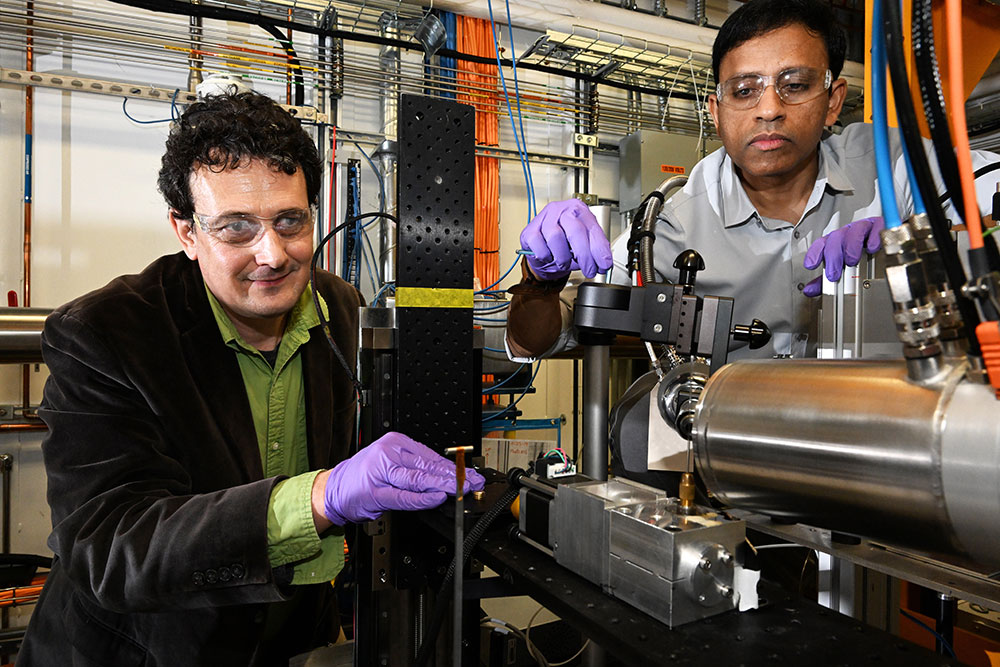
Putting a New Spin on 1T Phase Tantalum Disulfide
To unlock the complex structure and behavior of 1T Phase Tantalum Disulfide, researchers used the Pair Distribution Function (PDF) beamline at the National Synchrotron Light Source II (NSLS-II), a U.S. Department of Energy (DOE) Office of Science User Facility located at DOE’s Brookhaven National Laboratory, to learn more about the material’s structure.
Design rules and synthesis of quantum memory candidates
New research Grainger Engineering professor Daniel Shoemaker and graduate student Zachary Riedel used density functional theory (DFT) calculations to identify possible europium (Eu) compounds to serve as a new quantum memory platform.
PPPL unveils new laboratory space to advance quantum information science
On March 11, PPPL opened its new Quantum Diamond Lab, a space devoted to studying and refining the processes involved in using plasma, the electrically charged fourth state of matter, to create high-quality diamond material for quantum information science applications.
New Ion Cooling Technique Could Simplify Quantum Computing Devices
A new cooling technique that utilizes a single species of trapped ion for both computing and cooling could simplify the use of quantum charge-coupled devices (QCCDs), potentially moving quantum computing closer to practical applications.
Direct View of Tantalum Oxidation that Impedes Qubit Coherence
Scientists at the U.S. Department of Energy’s (DOE) Brookhaven National Laboratory and DOE’s Pacific Northwest National Laboratory (PNNL) have used a combination of scanning transmission electron microscopy (STEM) and computational modeling to get a closer look and deeper understanding of tantalum oxide.
Researchers Craft New Way to Make High-Temperature Superconductors – With a Twist
An international team that includes Rutgers University–New Brunswick scientists has developed a new method to make and manipulate a widely studied class of high-temperature superconductors.
EPB, ORNL announce plans for research collaborative focused on energy resilience, quantum technology
Building on $180 million in joint energy-related research, EPB and Oak Ridge National Laboratory marked 10 years of collaboration Friday with the announcement of the new Collaborative for Energy Resilience and Quantum Science, or CERQS.
Growing the Quantum Workforce by Making Education Accessible to All
The Quantum Systems Accelerator’s summer camp (QCaMP) for high school students in New Mexico and California continues to evolve and grow. Under the 2023 Reaching a New Energy Sciences Workforce (RENEW) Pathway Summer School initiative, the DOE Office of Science awarded new funding to expand QCaMP’s curricula and host students on-site at Berkeley Lab and Sandia Labs in 2024.
Researchers demonstrate a high-speed electrical readout method for graphene nanodevices
The ‘wonder material’ graphene is well-known for its high electrical conductivity, mechanical strength, and flexibility.
Perimeter and Haiqu partnership forges new model for quantum computing research
The Perimeter Institute and quantum software startup Haiqu have established a new partnership to more closely connect fundamental research and technological innovation.
What is quantum squeezing?
Scientists exploit a property of quantum physics to make ultraprecise sensors and measurements.
UIC leads national consortium educating next generation of quantum engineers
Harnessing the potential of quantum physics for advances in computing, communication and other technologies promises to be the next great engineering challenge.
Quantifying Qudits: New Measurements Provide a Glimpse of the Quantum Future
The qubits that make up quantum computers have a lesser-known cousin called qudits. Qudits can carry more information and are more resistant to the noise that can cause qubits to lose information. However, qudits have historically been difficult for scientists to measure and modify.
A quantum leap in mechanical oscillator technology
Over the past decade, scientists have made tremendous progress in generating quantum phenomena in mechanical systems. What seemed impossible only fifteen years ago has now become a reality, as researchers successfully create quantum states in macroscopic mechanical objects.
Quantum Material Exhibits “Non-Local” Behavior That Mimics Brain Function
New research from Q-MEEN-C shows that electrical stimuli passed between neighboring electrodes can also affect non-neighboring electrodes. Known as non-locality, this discovery is a crucial milestone toward creating brain-like computers with minimal energy requirements.
Five ORNL scientists to receive DOE Early Career Research awards
Since its inception in 2010, the Early Career Research program bolsters national scientific discovery by supporting early career researchers in fields pertaining to the Office of Science.
Success Generating Two-Qutrit Entangling Gates With High Fidelity
Quantum information processors that operate with ternary logic (qutrits) offer significant potential advantages in quantum simulation and error correction, as well as the ability to improve specific quantum algorithms and applications. Building on previous R&D with qutrits at the Advanced Quantum Testbed (AQT), the paper’s experimental team, led by a promising UC Berkeley graduate student, successfully entangled two transmon qutrits with gate fidelities significantly higher than in previously reported works.
5 ways Argonne entangled with Ant-Man to get people to geek out about quantum science
Whether Ant-Man is shrinking between atoms or communicating through entangled particles, his true superpower is his ability to excite people about quantum science. Argonne assembled experts to spread the word about the real science of the quantum realm.
IBM’s Jason Orcutt moves the world toward an interconnected quantum future
Jason Orcutt of IBM provides an industry perspective on quantum simulation research at the Q-NEXT quantum research center and works to connect quantum information systems around the globe.
Schrödinger’s cat makes better qubits
Quantum computing uses the principles of quantum mechanics to encode and elaborate data, meaning that it could one day solve computational problems that are intractable with current computers.
New superconducting diode could improve performance of quantum computers and artificial intelligence
A University of Minnesota Twin Cities-led team has developed a more energy-efficient, tunable superconducting diode—a promising component for future electronic devices—that could help scale up quantum computers for industry and improve artificial intelligence systems.
Quantum computers are better at guessing, new study demonstrates
Daniel Lidar, the Viterbi Professor of Engineering at USC and Director of the USC Center for Quantum Information Science & Technology, and first author Dr. Bibek Pokharel, a Research Scientist at IBM Quantum, achieved this quantum speedup advantage in the context of a “bitstring guessing game.” They managed strings up to 26 bits long, significantly larger than previously possible, by effectively suppressing errors typically seen at this scale. (A bit is a binary number that is either zero or one).
The ‘breath’ between atoms — a new building block for quantum technology
University of Washington researchers have discovered they can detect atomic “breathing,” or the mechanical vibration between two layers of atoms, by observing the type of light those atoms emitted when stimulated by a laser. The sound of this atomic “breath” could help researchers encode and transmit quantum information.
Scepticism about Microsoft results
In March 2022, Microsoft published research results about the realisation of a special type of particle that might be used to make particularly robust quantum bits.
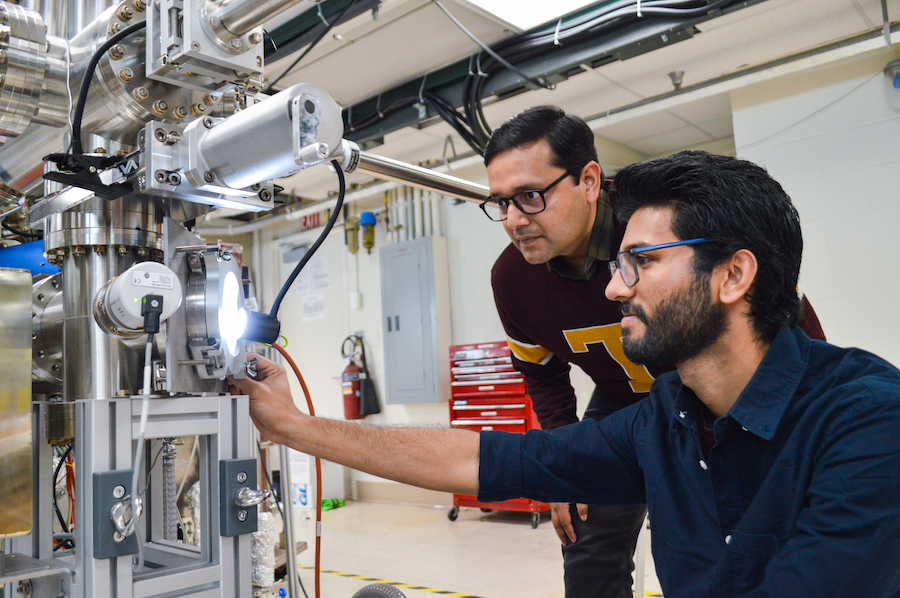
Stretching metals at the atomic level allows researchers to create important materials for quantum, electronic, and spintronic applications
A University of Minnesota Twin Cities-led team has developed a first-of-its-kind breakthrough method that makes it easier to create high-quality metal oxide films that are important for various next generation applications such as quantum computing and microelectronics.
Quantum computer in reverse gear
Today’s computers are based on microprocessors that execute so-called gates. A gate can, for example, be an AND operation, i.e. an operation that adds two bits.
Scientists take an important step towards using quantum computers to advance materials science
A team of scientists from the U.S. Department of Energy’s Ames National Laboratory demonstrated a way to advance the role of quantum computing in materials research with an adaptive algorithm for simulating materials. Quantum computers have potential capabilities far beyond today’s computers, and using an adaptive algorithm allows them to produce solutions quickly and accurately.
Counting Photons for Quantum Computing
Experts in nuclear physics and quantum information have demonstrated the application of a photon-number-resolving system to accurately resolve more than 100 photons. The feat is a major step forward in capability for quantum computing development efforts. It also may enable quantum generation of truly random numbers, a long-sought goal for developing unbreakable encryption techniques for applications in, for instance, military communications and financial transactions.
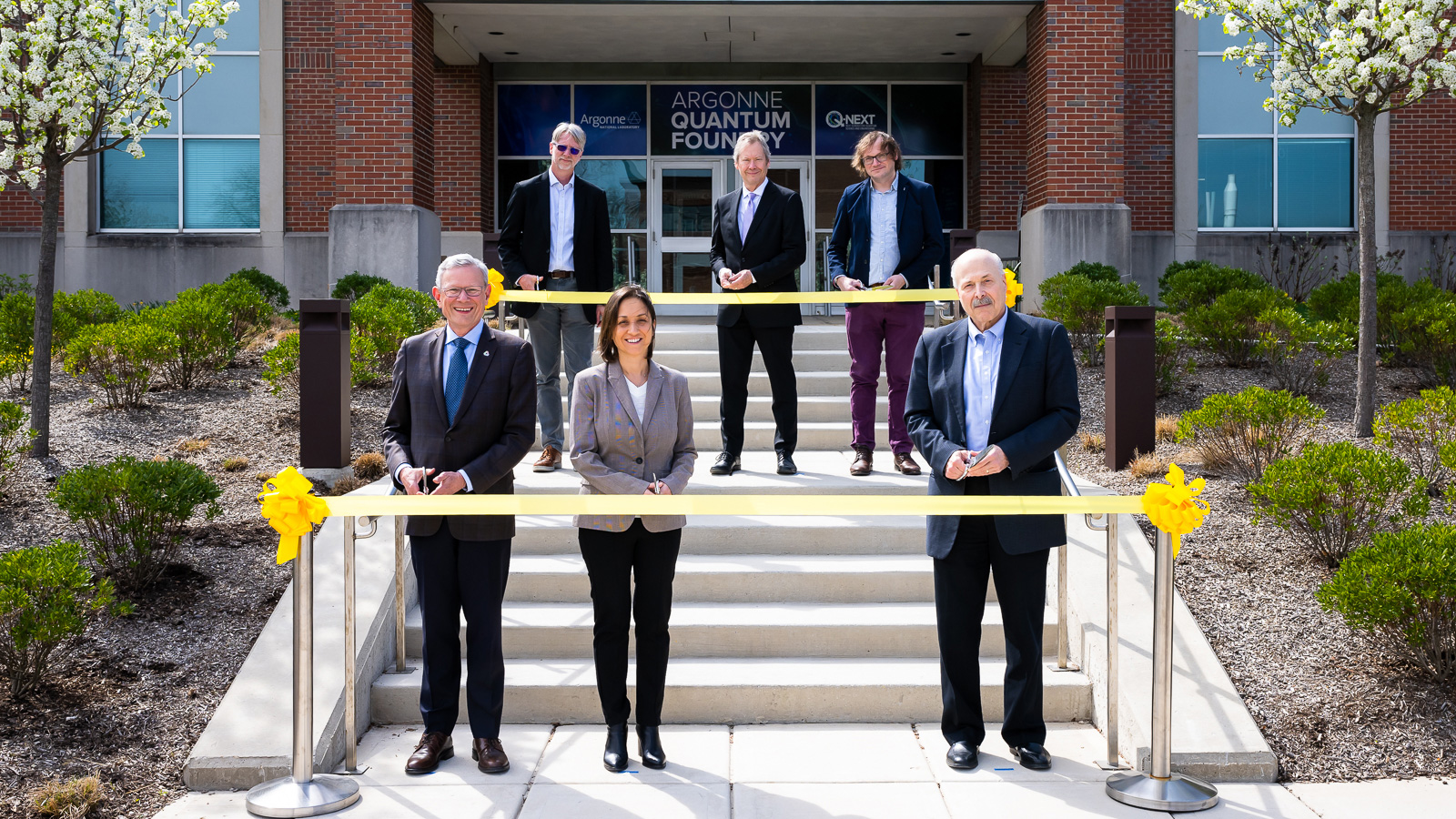
New foundry to accelerate quantum information research at Argonne National Laboratory
The Argonne Quantum Foundry, a new scientific facility at Argonne, is meeting a critical need for quantum science by providing a robust supply chain of materials for quantum devices and systems.

Study seeks to define quantum compression
A study led by Oak Ridge National Laboratory researchers identifies a new potential application in quantum computing that could be part of the next computational revolution.
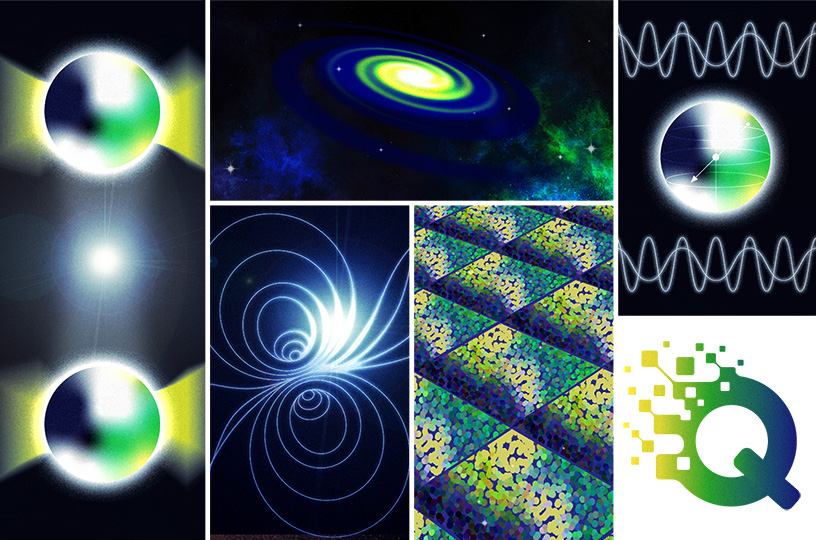
Five Ways QSA is Advancing Quantum Computing
The Quantum Systems Accelerator has issued an impact report that details progress made since the center launched in 2020. Highlights include a record-setting quantum sensor that could be used to hunt dark matter, a machine learning algorithm to correct qubit errors in real time, and the first observation of several exotic states of matter using a 256-atom quantum device.
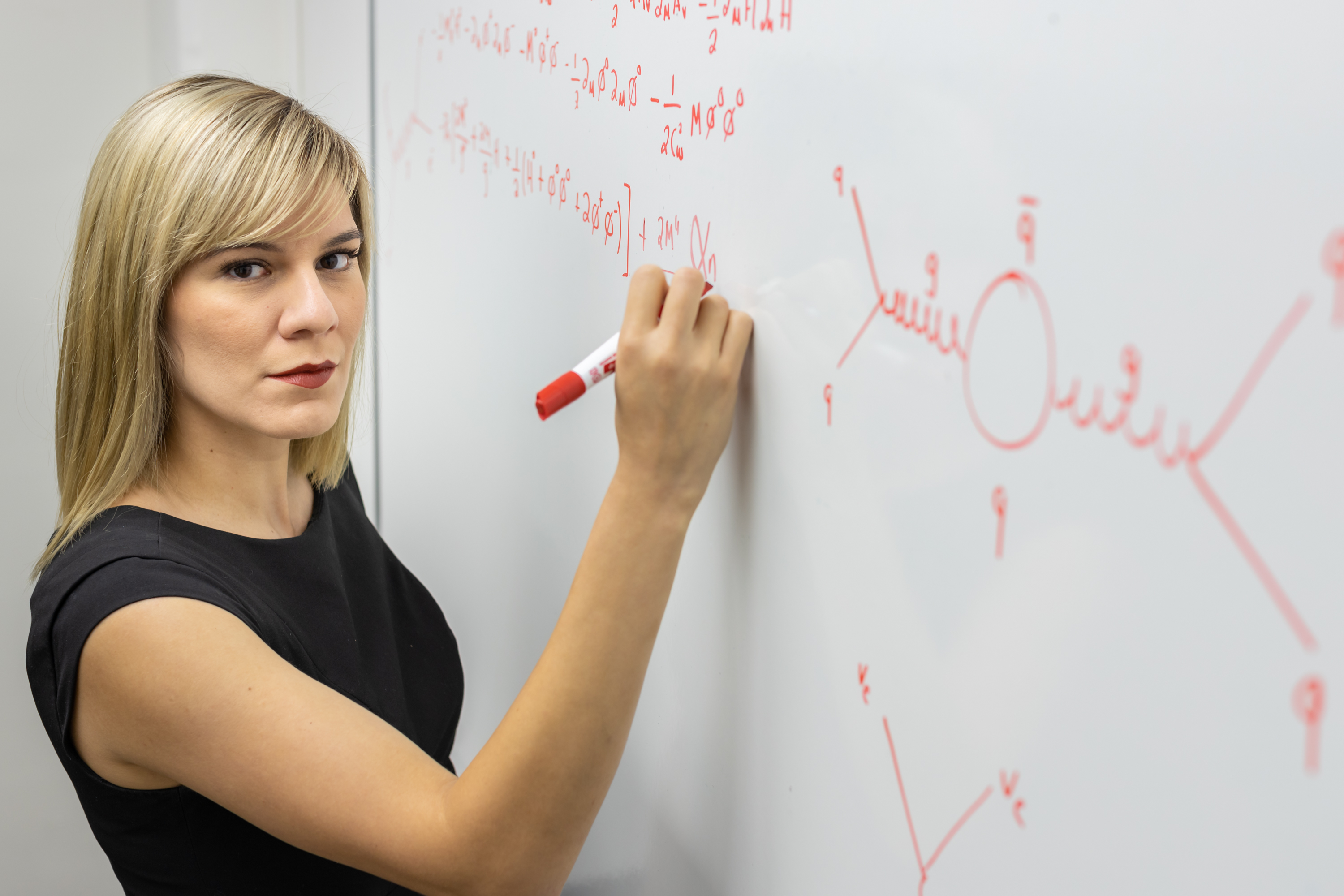
Andrea Delgado unites fundamental, high energy physics with quantum computing
Andrea Delgado, a Eugene P. Wigner Fellow at the Department of Energy’s Oak Ridge National Laboratory, is using quantum computing to help investigate the fundamental building blocks of the universe and to see whether there are particles yet to be found.
A new quantum approach to solve electronic structures of complex materials
Researchers at Argonne National Laboratory and the University of Chicago explore the possibility of solving the electronic structures of complex molecules using a quantum computer.
Feng Pan sculpts ultrathin materials for quantum information research
The Stanford University postdoctoral researcher, a collaborator with the Q-NEXT quantum research center led by Argonne, develops high-tech materials to deliver photon packages of quantum information.
Cleaning Up the Atmosphere with Quantum Computing
Practical carbon capture technologies are still in the early stages of development, with the most promising involving a class of compounds called amines that can chemically bind with carbon dioxide. In AVS Quantum Science, researchers deploy an algorithm to study amine reactions through quantum computing. An existing quantum computer cab run the algorithm to find useful amine compounds for carbon capture more quickly, analyzing larger molecules and more complex reactions than a traditional computer can.
Quantum engineers have designed a new tool to probe nature with extreme sensitivity
Associate Professor Jarryd Pla and his team from UNSW School of Electrical Engineering and Telecommunications, together with colleague Scientia Professor Andrea Morello, described a new device that can measure the spins in materials with high precision.
Researchers take a step towards turning interactions that normally ruin quantum information into a way of protecting it
Rresearchers at Aalto University in Finland and IAS Tsinghua University in China report a new way to predict how quantum systems, such as groups of particles, behave when they are connected to the external environment. Usually, connecting a system such as a quantum computer to its environment creates decoherence and leaks, which ruin any information about what’s happening inside the system. Now, the researchers developed a technique which turns that problem into its a solution.
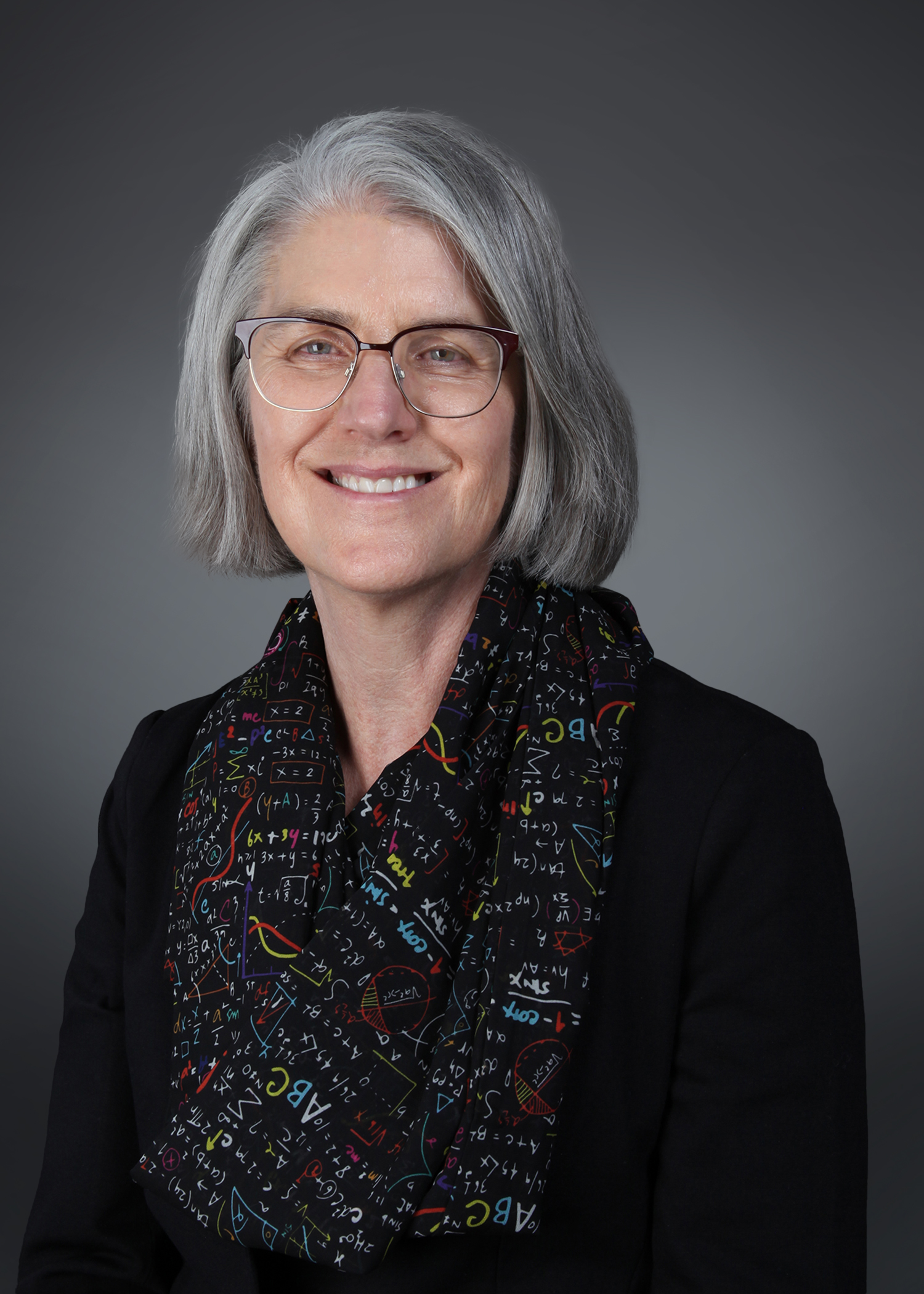
Biden taps Sandia Labs’ senior leader for quantum advisory committee
Deborah Frincke, associate laboratories director of national security programs at Sandia National Laboratories, has been appointed to the National Quantum Initiative Advisory Committee.
Experts discuss quantum science at screening of ‘Ant-Man and the Wasp: Quantumania’
Following the screening of the movie, leading experts in quantum science discussed the quantum realm in Marvel’s universe and in ours. Guests were also treated to a hands-on demo of the Quantum Casino, a fun, game-based introduction to quantum physics.
Researchers turn to quantum computing power to simulate, study atomic nuclei
Let’s see, thought James Vary, how can we have a little fun with the name of our $1 million nuclear physics project?